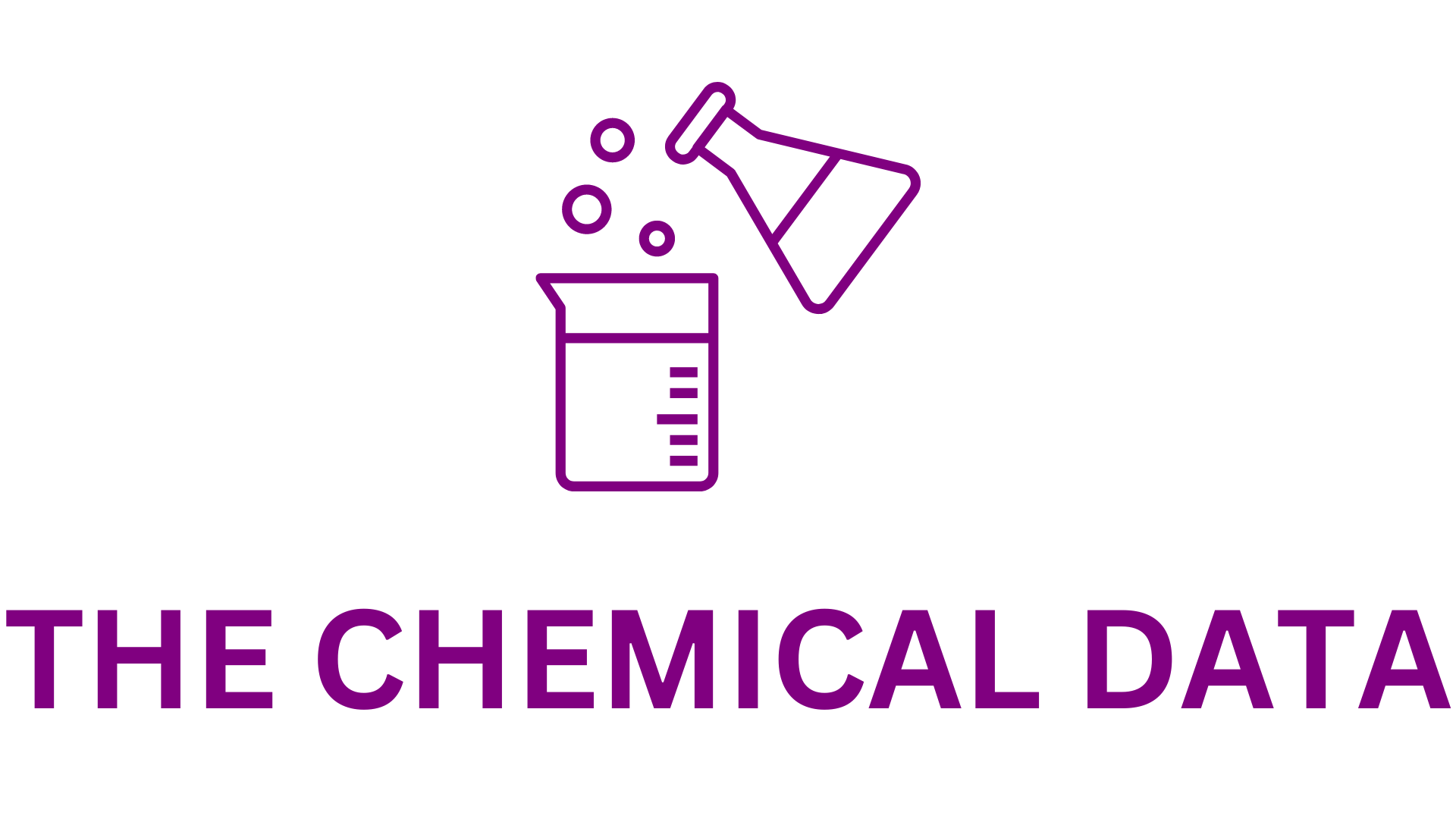
Precision BioSciences Presents Preclinical Data on PBGENE-HBV at Global Hepatitis Summit 2025
Introduction
Precision BioSciences, Inc. (Nasdaq: DTIL), a clinical-stage gene editing company known for its novel ARCUS® platform, has unveiled promising preclinical data supporting the use of repeat dosing of PBGENE-HBV in its ongoing ELIMINATE-B Phase 1 trial for the treatment of chronic Hepatitis B (HBV). This data, to be presented at the Global Hepatitis Summit (GHS) 2025 in Los Angeles, California, highlights PBGENE-HBV’s potential to provide durable functional cures for HBV patients.
The Need for Improved Treatments for Chronic Hepatitis B
Hepatitis B remains a global health challenge, with chronic infection often leading to severe complications such as cirrhosis, liver failure, and liver cancer (hepatocellular carcinoma). Despite the current standard of care, approximately 15% to 40% of patients with HBV infection may develop these life-threatening conditions, contributing to the estimated 1.1 million HBV-related deaths globally each year. The data presented at the GHS 2025 aims to demonstrate how PBGENE-HBV can potentially address this urgent need by offering a promising treatment approach that could lead to a cure.
Preclinical Data Supporting Repeat Dosing
During the upcoming oral presentation at the GHS 2025, Precision BioSciences will share important preclinical safety data showing that repeat dosing of PBGENE-HBV is both safe and well tolerated in non-human primates (NHPs). These results are critical as they suggest that multiple doses of PBGENE-HBV could be administered without systemic accumulation of the drug product. Moreover, no distribution of PBGENE-HBV was observed in germ cells at any of the time points analyzed, eliminating concerns about the risk of heritable genome edits. This finding is pivotal in ensuring the safety of the treatment approach, particularly when considering the potential long-term use of PBGENE-HBV for chronic HBV patients.
Supporting Evidence of Efficacy and Safety
PBGENE-HBV is a gene editing treatment that uses lipid nanoparticles (LNP) to deliver an ARCUS-encoding mRNA to patients. The treatment has shown significant promise in preclinical trials, with previous data demonstrating up to 99% viral eradication following the administration of two doses in non-human primates. The new preclinical data further supports the administration of multiple doses to enhance cumulative editing and potentially drive toward a functional cure for chronic Hepatitis B.
In addition, the company has conducted rigorous nuclease specificity assessments in HBV-infected human hepatocytes. These assessments revealed no increased risk of off-target genome edits with additional doses of PBGENE-HBV, further solidifying the treatment’s safety profile.
Precision BioSciences Presents Preclinical Data on PBGENE-HBV at Global Hepatitis Summit 2025
Progress in the ELIMINATE-B Phase 1 Clinical Trial
The ELIMINATE-B Phase 1 clinical trial is currently enrolling patients with chronic HBV at various international sites, including leading infectious disease centers in Moldova, Hong Kong, and New Zealand. The trial is designed to investigate up to three doses of PBGENE-HBV per patient at each dose level. The first dose administered in cohort 1 (the lowest dose level) has been well tolerated, and initial results show promising signs of efficacy, including a significant reduction in Hepatitis B surface antigen (HBsAg) in two of the three participants.
“We are excited to share new supportive preclinical data for our lead clinical program, PBGENE-HBV, which is currently enrolling patients in the ELIMINATE-B Phase 1 study,” said Dr. Murray Abramson, MD, MPH, Senior Vice President and Head of Clinical Development at Precision BioSciences. “These new data highlight the potential to safely administer repeated doses of PBGENE-HBV to achieve durable functional cures in chronic hepatitis B patients.”
The Phase 1 trial is investigating the cumulative effects of PBGENE-HBV’s gene editing capabilities, aiming to eliminate viral DNA and achieve a long-term cure. With initial safety results showing that the lowest dose level of PBGENE-HBV was well tolerated, the trial has already begun administering subsequent doses at this level.
Future Steps and U.S. Expansion
Precision BioSciences plans to expand the ELIMINATE-B trial to include U.S. sites following the clearance of an Investigational New Drug (IND) application by the U.S. Food and Drug Administration (FDA) in March. This will allow the company to evaluate a more genetically diverse patient population and accelerate recruitment for the trial. The company will continue to assess different dose levels to determine the optimal dosing strategy for safely eliminating cccDNA and integrated HBV DNA, with further clinical data expected throughout 2025.
Conclusion
The preclinical data supporting the repeat dosing of PBGENE-HBV presented at GHS 2025 provides important insights into the potential of this gene editing treatment to cure chronic Hepatitis B. With strong safety and efficacy data, as well as the progress made in the ELIMINATE-B Phase 1 trial, Precision BioSciences is advancing closer to offering a transformative solution for HBV patients. As the company moves forward with its clinical trials, the possibility of achieving a functional cure for chronic Hepatitis B becomes a more tangible goal, with the potential to significantly reduce the global burden of this disease.
About Hepatitis B:
Hepatitis B is a leading cause of morbidity in the US and death globally, with no curative options currently available for patients. Despite the availability of approved antiviral therapies, an estimated 300 million people globally and 1-2 million people in the US are estimated to have chronic hepatitis B infection. An estimated 15% to 40% of patients with HBV infections may develop complications, such as cirrhosis, liver failure, or liver cancer (hepatocellular carcinoma), which account for the majority of HBV-related deaths.
Chronic hepatitis B infection is primarily driven by persistence of HBV cccDNA and integration of HBV DNA into the human genome in liver cells, the primary source of hepatitis B surface antigen (HBsAg) in late-stage disease. Current treatments for patients with HBV infection include agents that result in long-term viral suppression as indicated by reduction of circulating HBV DNA, but these therapies do not eradicate HBV cccDNA, rarely lead to functional cure, and require lifelong administration.
About PBGENE-HBV (Viral Elimination Program):
PBGENE-HBV is Precision’s wholly owned in vivo gene editing program under investigation in a global first-in-human clinical trial, which is designed to potentially cure chronic hepatitis B infection. Currently, it is estimated that 300 million people worldwide are afflicted with chronic hepatitis B. PBGENE-HBV is the first and only potentially curative gene editing program to enter clinical investigation that is specifically designed to eliminate cccDNA and inactivate integrated HBV DNA. Lipid nanoparticle technology for PBGENE-HBV has been provided by Acuitas Therapeutics Inc.
About Precision BioSciences, Inc.
Precision BioSciences, Inc. is a clinical stage gene editing company dedicated to improving life (DTIL) with its novel and proprietary ARCUS® genome editing platform that differs from other technologies in the way it cuts, its smaller size, and its simpler structure. Key capabilities and differentiating characteristics may enable ARCUS nucleases to drive more intended, defined therapeutic outcomes. Using ARCUS, the Company’s pipeline is comprised of in vivo gene editing candidates designed to deliver lasting cures for the broadest range of genetic and infectious diseases where no adequate treatments exist. For more information about Precision BioSciences, please visit www.precisionbiosciences.com.
The ARCUS® platform is being used to develop in vivo gene editing therapies for sophisticated gene edits, including gene insertion (inserting DNA into gene to cause expression/add function), elimination (removing a genome e.g. viral DNA or mutant mitochondrial DNA), and excision (removing a large portion of a defective gene by delivering two ARCUS nucleases in a single AAV).







